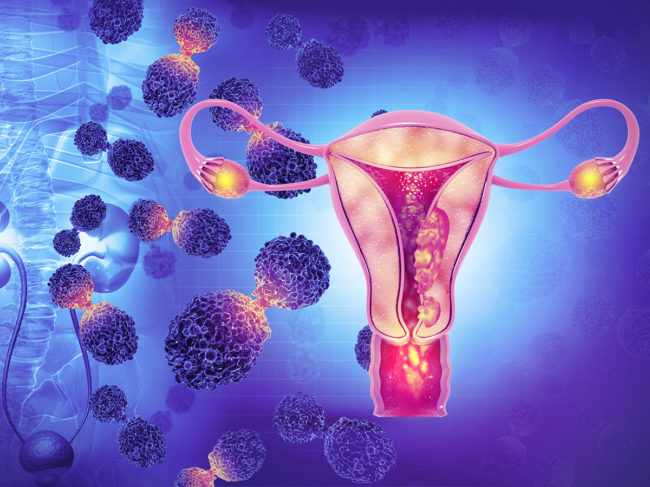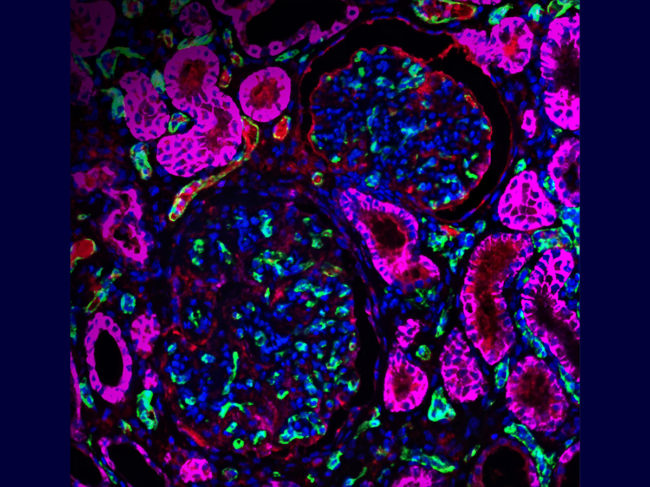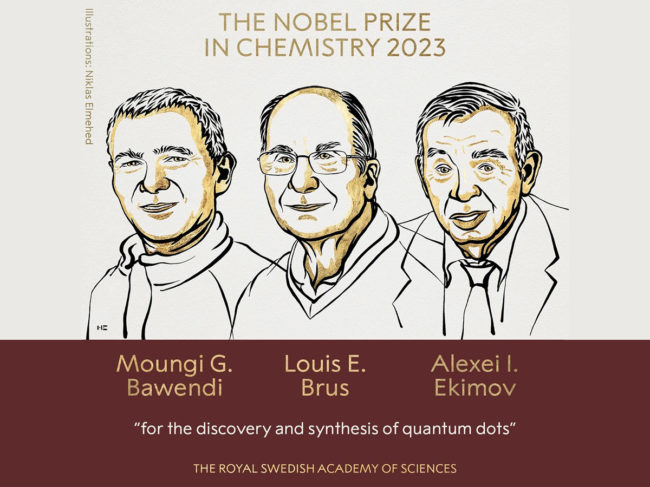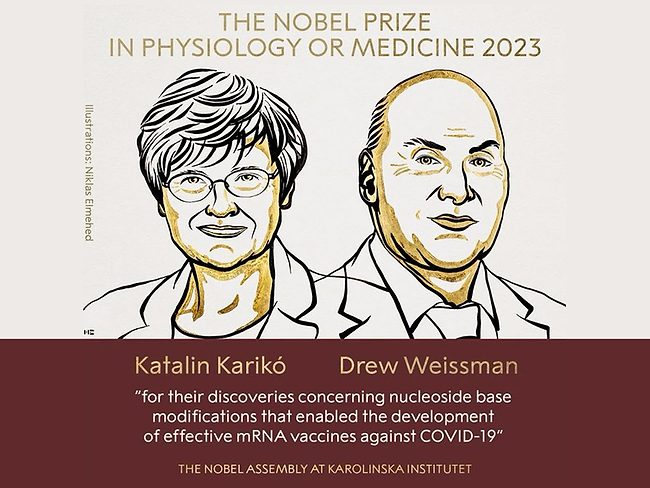
Science
Neurology/Psychiatric
ECNP 2023: Boosting fear unlearning is one avenue toward treating PTSD
Read MoreDrug Design, Drug Delivery & Technologies
Nobel Prize in Chemistry 2023 goes to quantum dots, which illuminated the path to nanotechnology
Read MoreDrug Design, Drug Delivery & Technologies






